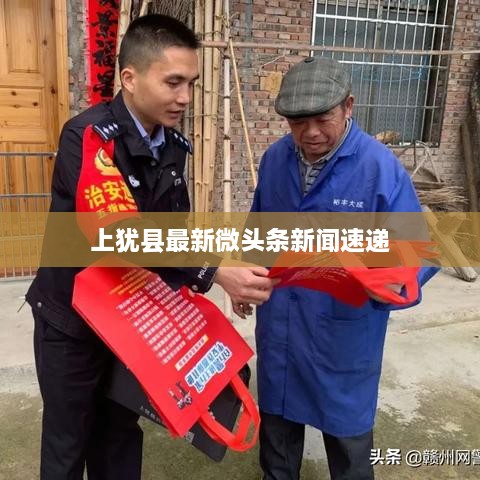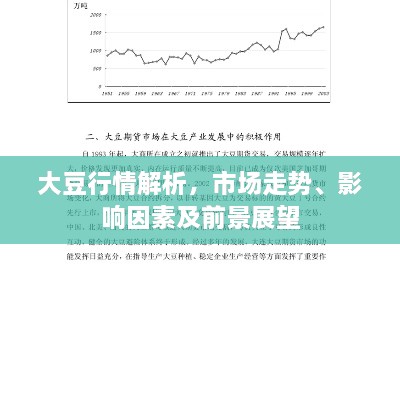<!DOCTYPE html>
<html lang="en">
<head>
<meta charset="UTF-8">
<meta name="viewport" content="width=device-width, initial-scale=1.0">
<title>Is It Good to Keep Equipment Unplugged?</title>
</head>
<body>
<h1>Is It Good to Keep Equipment Unplugged?</h1>
<h2>Introduction</h2>
<p>
In the modern world, where technology plays a pivotal role in our daily lives, the question of whether it is good to keep equipment unplugged becomes increasingly relevant. From personal devices to office equipment, the constant power on/off cycle can raise concerns about energy consumption, equipment longevity, and safety. This article aims to explore the pros and cons of keeping equipment unplugged and provide insights into the best practices for energy efficiency and equipment maintenance.
</p>
<h2>Energy Efficiency</h2>
<p>
One of the primary reasons why people advocate for keeping equipment unplugged is the potential for energy savings. Many devices, even when turned off, continue to draw a small amount of power, known as "vampire power." This can add up over time, especially if multiple devices are left plugged in continuously. By unplugging devices when not in use, users can significantly reduce their energy consumption and lower their utility bills.
</p>
<p>
For instance, a typical computer monitor can consume up to 70 watts of power when in use and 3 watts when in sleep mode, but still 0.5 watts when completely turned off but still plugged in. Over a year, this can amount to a considerable amount of energy and cost. Moreover, unplugging devices during peak energy usage times, such as in the evening or on weekends, can further optimize energy consumption and reduce the strain on the electrical grid.
</p>
<h2>Equipment Longevity</h2>
<p>
Another advantage of keeping equipment unplugged is the potential to extend its lifespan. Continuous exposure to power fluctuations and electrical surges can lead to component wear and tear, ultimately shortening the life of the device. By unplugging equipment, users can minimize the risk of damage from these fluctuations and ensure that their devices remain in good working condition for longer periods.
</p>
<p>
Furthermore, some devices, like laptops and desktop computers, have built-in power management systems that can protect against sudden power loss and surges. However, these systems are not foolproof, and unplugging the device can provide an additional layer of protection. This is particularly important in areas prone to power outages or where the quality of the electrical supply is inconsistent.
</p>
<h2>Safety Considerations</h2>
<p>
Keeping equipment unplugged also has safety implications. Overheating is a common issue with electronics, and continuous operation without breaks can lead to heat buildup, potentially causing damage to the device or even leading to a fire hazard. By unplugging devices periodically, users can allow them to cool down, reducing the risk of overheating and associated safety concerns.
</p>
<p>
Additionally, unplugging devices can prevent accidents that might occur if a child or pet were to come into contact with the plugged-in equipment. This is especially important for devices like electrical outlets and power strips, which can pose a significant risk if not properly secured or monitored.
</p>
<h2>Best Practices</h2>
<p>
While there are clear benefits to keeping equipment unplugged, it is also important to consider the convenience and practicality of this approach. Here are some best practices to balance energy efficiency, equipment longevity, and safety:
</p>
<ul>
<li>
<p>Use power strips with an on/off switch to easily turn off multiple devices at once.</p>
</li>
<li>
<p>Implement a schedule for unplugging devices, such as at night or during extended periods of non-use.</p>
</li>
<li>
<p>Utilize smart power strips that automatically turn off devices when not in use or when power consumption falls below a certain threshold.</p>
</li>
<li>
<p>Invest in surge protectors to safeguard against power fluctuations and surges.</p>
</li>
<li>
<p>Regularly inspect and maintain electrical outlets and power strips to ensure they are in good condition.</p>
</li>
</ul>
<h2>Conclusion</h2>
<p>
In conclusion, keeping equipment unplugged can offer numerous benefits, including energy savings, extended equipment longevity, and enhanced safety. However, it is essential to find a balance that suits individual needs and circumstances. By adopting best practices and being mindful of energy consumption, users can make informed decisions that转载请注明来自固定资产管理系统,本文标题:《设备不断电好吗的英文,不断电设备周边 》
百度分享代码,如果开启HTTPS请参考李洋个人博客














 蜀ICP备2022005971号-1
蜀ICP备2022005971号-1
还没有评论,来说两句吧...